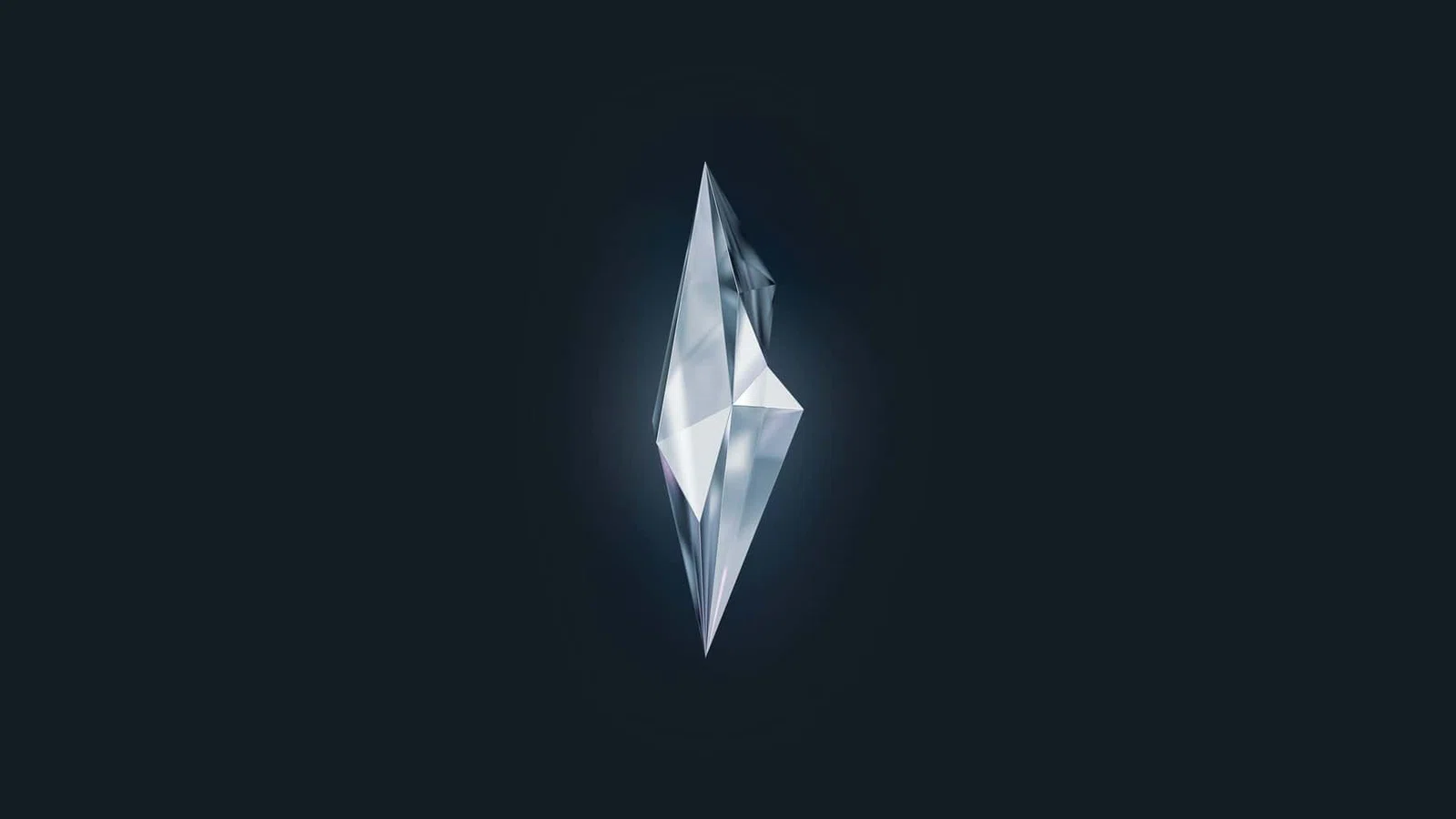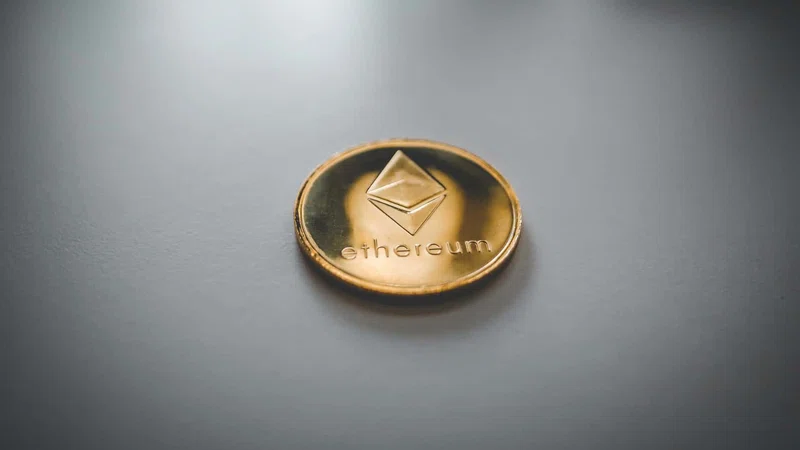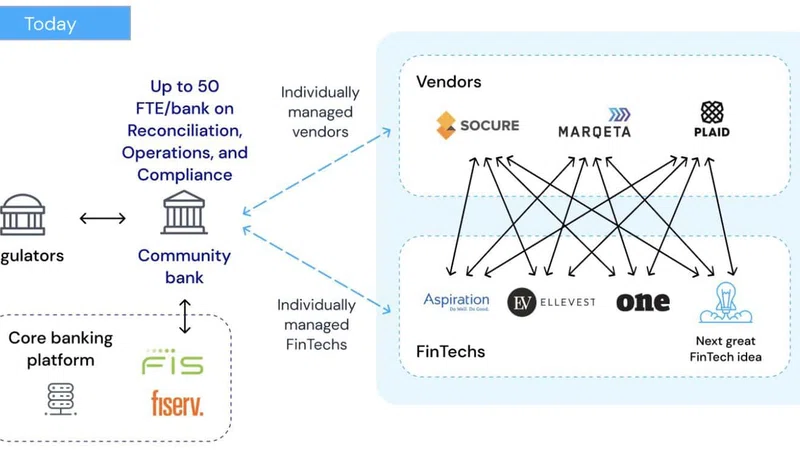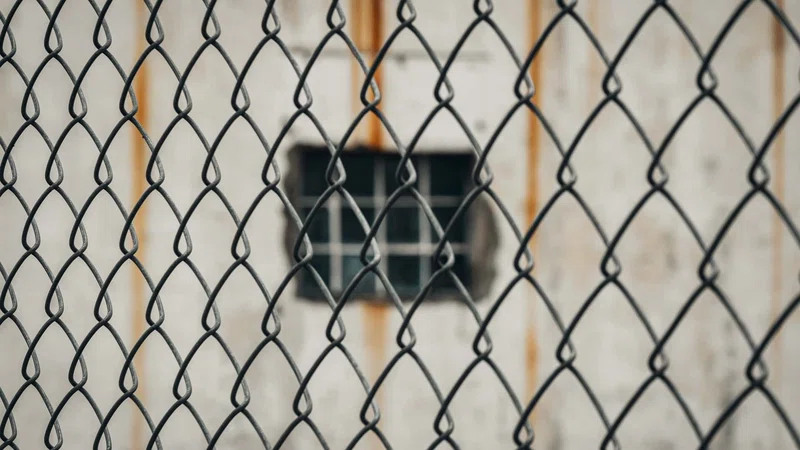NFTs are at the moment a real buzz. The word NFT stands for non-fungible token, which means a unique, irreplaceable cryptographic object. It aims to manage ownership of digital content (digital collectible items) by storing the ownership in the form of a digital certificate on a blockchain (usually on the Ethereum blockchain, but other blockchains can also be used). This way the buyer can prove that he is the owner of a certain digital item.
The fact that the NFT token is unique and irreplaceable, generates traceability of the owner, but also ensures authenticity and (digital) scarcity, thus resulting in its value (via its uniqueness it becomes a collectible item).
This makes it an attractive asset for both buyers and sellers. For sellers, creating (= minting) an NFT gives an easy option to monetize (without intermediaries like galleries or auction houses) their digital content (products), like digital pictures, animations, music, videos…. Additionally NFTs have the feature that the author can also get a percentage of future transaction amounts (thus profiting of a future increase in value of the NFT).
The buyer can invest in digital art and can be sure of the uniqueness and his ownership (i.e. the bragging right that you own the art) and the ownership can easily be transferred to any other buyer in the world (becoming the new owner) with the click of a button.
NFTs started in 2017 with CryptoKitties (a game to breed and trade digital kittens) and CryptoPunks and gradually increased over the last years, but it exploded in 2021 (i.e. in 2020 the market was estimated to $250 million over the whole year, while in the month of February 2021 alone already $360 million of NFTs were traded), with some record transactions, like:
- The record is held by the digital composite called "EVERYDAYS: The First 5000 Days" (see picture of this blog) of the digital artist "Beeple" (Mike Winklemann), which was sold at Christie’s for $69.3 million. Of the same artist also a video was sold for $6.6 million.
- Christie’s auctioned recently also an NFT of 9 virtual rare CryptoPunks for a record amount of $16.9 million
- The first tweet on Twitter of the co-founder and CEO of Twitter Jack Dorsey was sold for just under $3 million
- The Canadian singer-songwriter Grimes (also known as the partner of Elon Musk) sold for around $6 million of digital artworks, including an NFT of about $400.000 for a 50-second video.
- NBA’s Top Shot has generated more than $230 million in selling NFTs of NBA highlight videos, with a top transaction for a movie of Lebron James dunking, which was bought for over $200.000. These NFTs have become the digital equivalent of the paper sports collection cards.
While those transactions get the news headlines for their record amounts, thousands of NFTs are also sold for a few thousand euros. E.g. a selfie of Lindsey Lohan was sold for $59.000, Bad Luck Brian yearbook photo for $36.000 or the "Charlie bit my finger!" YouTube clip was sold for $761.000, not to mention the thousands of transactions that do not get any media attention at all.
These enormous prices definitely attract a lot of media attention and investors, but nonetheless NFTs remain difficult to grasp. While for traditional art, the owner has the physical artwork in his possession, this is not the case at all for NFTs. For example, the NFT for the Beeple picture sold for the record amount can perfectly be downloaded on the internet at no cost. This downloaded file will be identical to the digital file owned by the buyer (i.e. the copy is literally as good as the original).
Obviously, this is a new technology which raises a lot of questions and issues, e.g.
- What do you actually own? The NFT is just a digital certificate on a blockchain. The blockchain does not even contain the digital artwork, but just a link to a location where the digital artwork is stored. This raises automatically questions like:
- What is the legal ground of an NFT? Can you claim the ownership in court, i.e. will the courts consider the blockchain as sufficient proof of ownership? Will the judge even understand it? Will it have the same legal basis in any country in the world? Can I win at court if someone exploits commercially the digital content owned by me?
- What happens if the link to which the NFT refers is no longer available? Does the NFT lose its value? Can the link be adapted?
- What is the exact digital asset I am owning? On the blockchain a hash of the digital asset, together with some ownership info, is stored. However if someone changes 1 (invisible) pixel to a digital artwork, the hash will no longer match. Do I also have the ownership of this new (nearly equivalent) digital artwork?
- How transparent and well-defined are the properties of ownership? E.g. do you also buy the copyright and reproduction rights? Are you allowed to ask royalties if the digital item is downloaded/published? Are you allowed to ask BigTechs (like Facebook or Google) to remove all copies they store of your digital asset?
- NFTs are typically sold via intermediate platform (like OpenSea, Rarible, Superrare, Foundation, AtomicHub, Nifty Gateway, KnownOrigin…), managing the contact with the artist, setting up the NFT, managing the transactions on the Blockchain and also storing the digital artwork in the cloud (i.e. location to which NFT refers). This raises a number of questions about the trustworthiness of those platforms:
- Will they ensure the link to the artwork remains available (i.e. not lost or broken)? Even if they go bankrupt? More and more decentral IPFS network or blockchain based storage is used to mitigate this risk.
- Does the platform ensure an artist does not create multiple NFTs of the same (or slightly changed) digital asset?
- Do they ensure that the NFS is minted by the real artist (creator) of the content and not by an imposter? Which procedures do they have in place for verifying that?
- Even though the decentralized nature of the underlying blockchain ensures trust, buyers and sellers still need to trust the platforms facilitating these NFT transactions. This is for me a general issue of blockchain use cases (cfr. my blog on blockchain "ttps://bankloch.blogspot.com/2020/02/blockchain-beyond-hype.html" - Blockchain - Beyond the hype), i.e. although the blockchain entry can be perfectly trusted, the end-to-end user journey is much more extensive, thus requiring still trust in a central party.
- How future-proof are the blockchains? With blockchains in full evolution, will the Ethereum blockchain (or other blockchain on which an NFT is held) still be around in 5 years or in 10 years (or not be replaced by a more popular and more modern blockchain)? Will it be possible to keep the decentralized nature of this blockchain while volumes increase enormously? Beginning of June 2021 the Ethereum blocksize (of the full blockchain) was over 800 GB, an increase of more than 100% compared to the year before. This shows that storing the full blockchain (and then we do not even speak about the resources required for mining) has become more and more a specialist job, hence more centralisation and less guarantee that a lot of parties will continue to keep track of the full blockchain. Furthermore it means it becomes less straight forward to prove your NFT ownership, without consulting a specialized party which stores the full blockchain.
- Is the energy consumption for an NFT sustainable and will it not negatively impact the future success of NFTs?. For example, the energy consumption to create an NFT of a simple animation is equal to using 1.5 million times a pressure cooker. However with blockchains switching more to Proof of Stake-consensus mechanisms this will likely be resolved in the coming years (although Proof of Stake raises naturally other new concerns about centralization and potential manipulation).
- Are the NFTs currently sold for a lot of money sufficiently time-lasting? This question can be raised for both the digital artworks as for the technology underpinning it:
- Are the digital artworks not too time-specific, i.e. linked to current, non-lasting hypes? E.g. will YouTube movies which are popular now still be remembered and popular in 5 years? In the traditional art, certain historical artists (like Monet, Van Gogh, Picasso…) have an established reputation/track record, but for this digital art there is of course no historical records to turn to and as a result it is very difficult to predict future trends.
NFTs are also more and more used in games, to describe ownership of virtual plots of land or unique weapons or armors. This makes the NFT practically usable, but what is the value in a few years when the game is no longer popular? - Is the technology sufficiently robust? Not only is there a risk due to the above-mentioned dependency on blockchains and the platforms for storing the digital asset, but besides that you also have to ensure the file format of the digital content can still be read or ensure you can still access your digital wallet.
- Are the digital artworks not too time-specific, i.e. linked to current, non-lasting hypes? E.g. will YouTube movies which are popular now still be remembered and popular in 5 years? In the traditional art, certain historical artists (like Monet, Van Gogh, Picasso…) have an established reputation/track record, but for this digital art there is of course no historical records to turn to and as a result it is very difficult to predict future trends.
- Due to popularity of the underlying blockchains (like Ethereum), NFTs are confronted with high transaction costs (high gas fees to get your NFT on the blockchain). While this transaction cost is marginal for the above record amount NFTs, it does pose an issue for cheaper NFTs (as transaction cost become too significant compared to the NFT price).
- The whole process of minting, buying and transferring NFTs is not so user friendly, i.e. you need to onboard on an NFT platform, you have to acquire the right crypto-currency (e.g. if the NFT is on the Ethereum blockchain, you need Ether coins, i.e. Bitcoins won’t be usable) and you have to pay with crypto-currencies, which is still not so user-friendly (i.e. typically via a browser plugin, which might be easy for a computer specialist, but still difficult to setup for the common layman).
Clearly the concept of NFTs is great, as there is a need for managing ownership of digital content. With more and more digital content being produced and some artists even only exclusively producing digital content, there is a need for them to make money and NFTs are a good way to do this. However the too strong focus on the underlying (blockchain) technology and the bullish prices, make it still too much a playground for the (mega)-rich, than a common investment asset class. However even if it remains such a playground, it is still interesting to follow. As there are as many as 100,000 people who have $1 million or more stashed in crypto-currencies, there is an enormous audience with the means, interest and risk appetite to try out NFTs. For them, there is the cool factor of trying out something new, the potential of making same profits as with crypto-currencies, the emotional and bragging aspect of owning digital arts (compared with owning parts of the moon or owning a star. This has no legal ground, but is still very romantic and fun) and the Robinhood aspect of pushing governments to change and fighting the traditional art system (cfr. the actions on Robinhood to stop the short-sellers on the share of GameStop).
This being said, NFTs are clearly an excellent real-live experiment, where fundamental questions around ownership, value, digitalization and authenticity are being addresses.
The question remains however if ownership can be managed outside governments, i.e. as ownership requires laws to protect the owner, it is very difficult to manage this outside a government.
Clearly governments should sponsor some kind of register of such digital ownership. This will ensure that there is legal ground and also long-term continuity, as unlikely governments will disappear/go bankrupt. However if done by a government, there is no real need for a blockchain, as you have a central, credible authority, which could perfectly store the ownership (personal details of the owner) and the full digital content (so not just a hash) in a traditional database.
While governments are starting now to explore an alternative for crypto-currencies in the form of CBDCs (cfr. my blog CBDC - The new kid on the block), this will likely happen as well for NFTs.
In the meantime, it is good the conservative art world is shaken up by these kinds of innovations.












